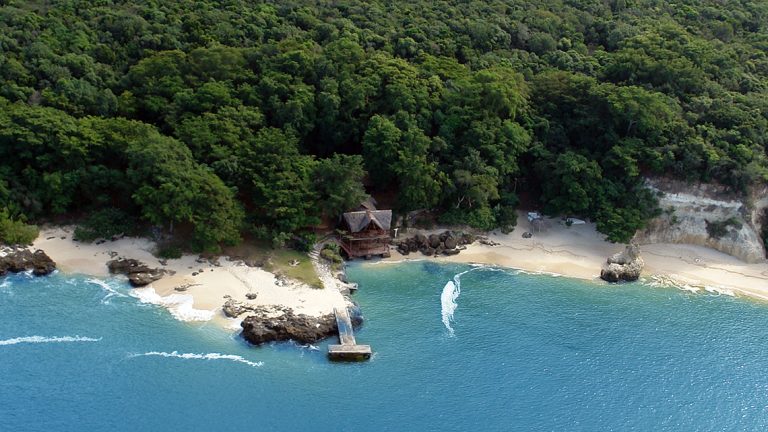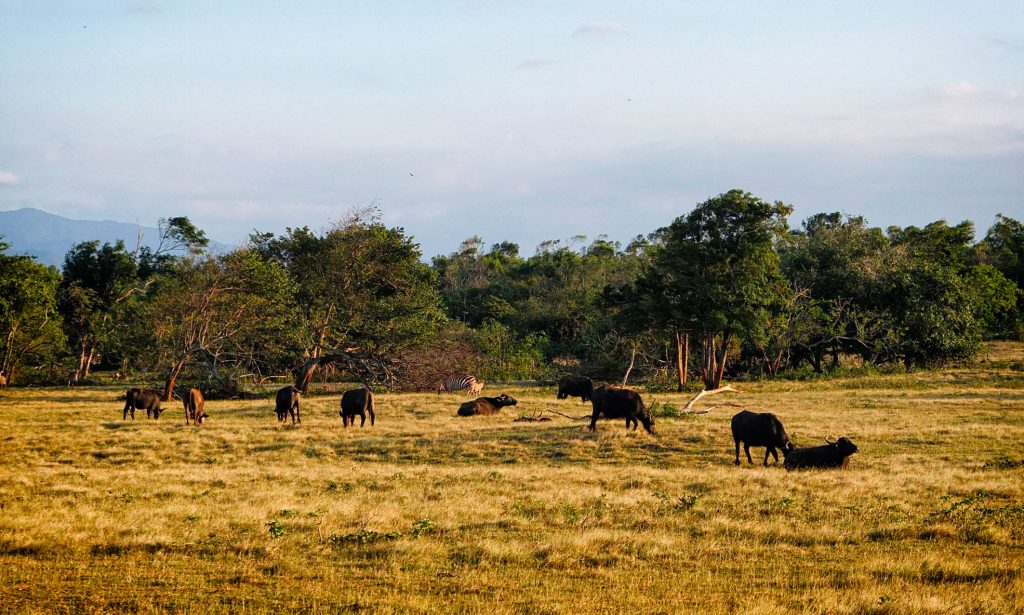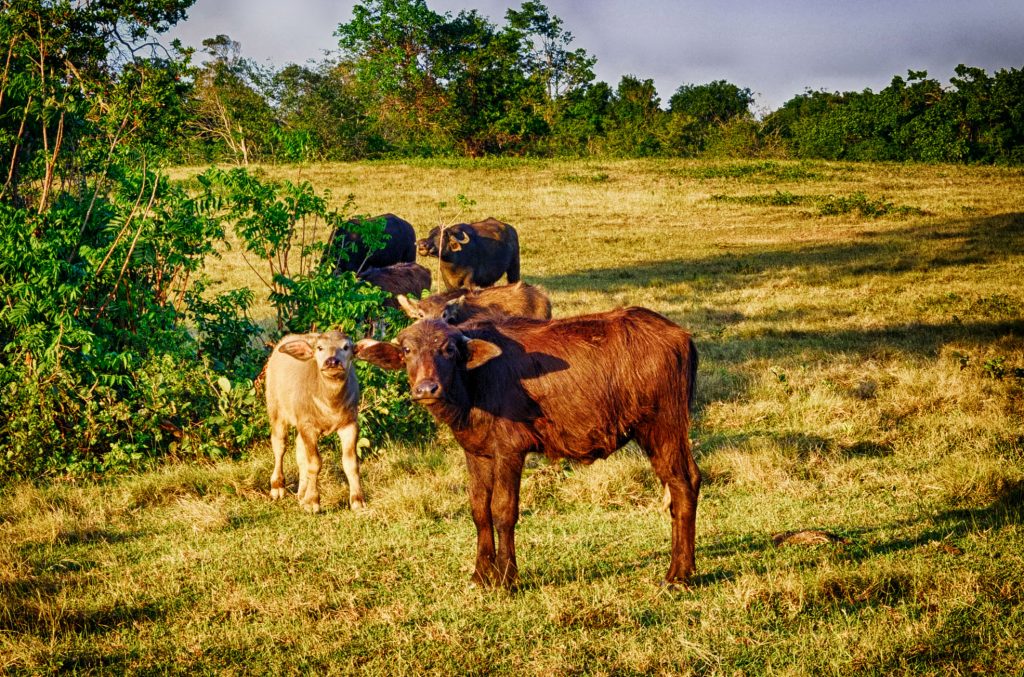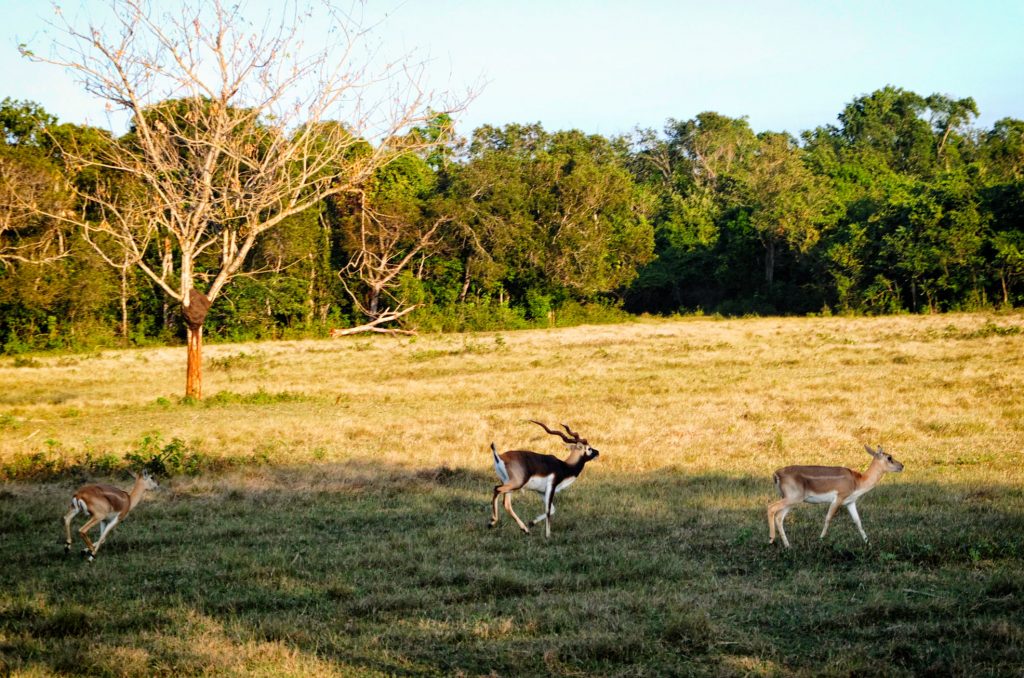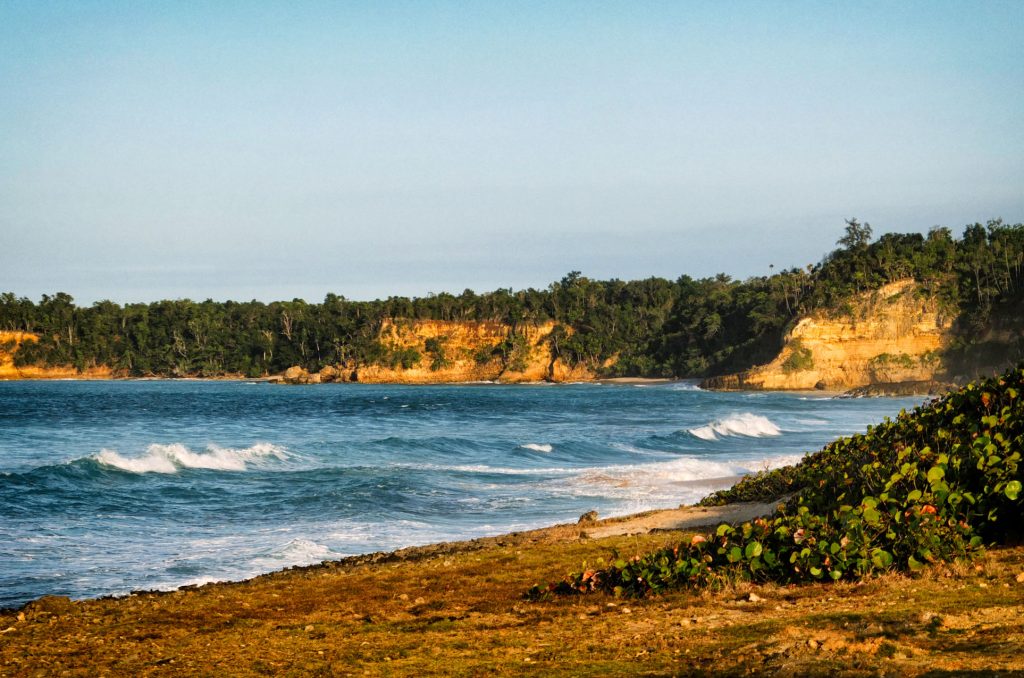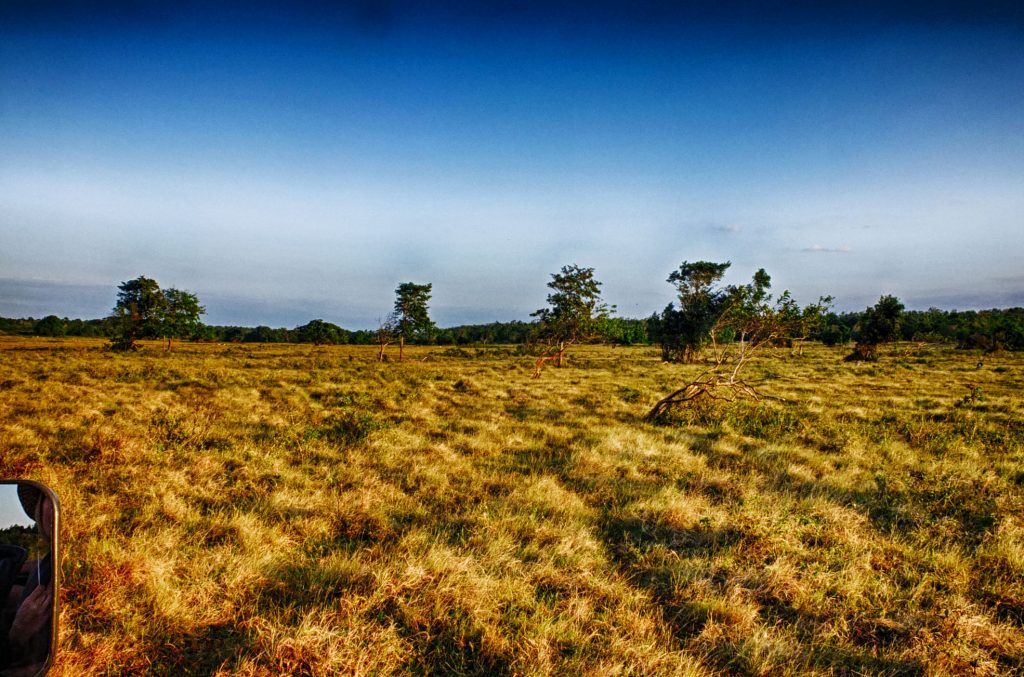There is a rather unusual part of Cuba that not many tourists know about. Not even those who’ve been the closest to it during a beach holiday in Guardalavaca. Yet, less than two hours’ ride away there is a dazzling African wilderness enclave that never fails to enchant visitors. Cayo Saetia is Cuba’s most exotic nature reserve; not just because of the native endemic species (of which there are a few). But because of the many free-roaming African animals that now call this their home. From zebras, antelopes and giraffes to iguanas and crocodiles; in this post we let you in on all that you can look forward to on a day trip here.
Many people choose Holguin as their Cuba travel destination for the emerald beauty of Guardalavaca’s crystalline beaches; and the serenity of this eastern enclave. It feels remote and authentic, rural and charming and the all-inclusive beach resorts aren’t bad either. The laidback vibe is relaxing and inviting. So if you’ve ever been you might conclude this is not truly the place for adventure-seekers; but we’re here to prove you wrong – the trick is knowing where to go.
Beautifully nestled away from the world, some 80km from Holguin, the islet of Cayo Saetia is a wondrous place. Where exotic animals (endemic and adopted) thrive in a protected environment. Only slightly disturbed by cruising jeep safaris taking curious tourists around. Not that the animals mind too much, they hardly as much as flinch or blink as tourists ride by. They’re so used to being, they take it in their stride and even approach passers-by. Want to know more about how to live the most African experience in the heart of the Caribbean? Keep on reading!
An African safari in Cuba, really?
While we know that the idea of a wild African safari in the heart of the Caribbean sounds unusual; to say the least, we mean exactly what we say by that. Cayo Saetia is a wilderness heaven where a variety of African species roam free; and have blended into the autochthonous flora and fauna seamlessly. The tropical vegetation might seem at odds with many of the species that have made this their home. So it makes for an even more surreal.
How have these African animals ended up in Cuba, you ask? They have been mostly gifted to Fidel Castro’s family; (by African leaders from Angola, Mozambique, Ethiopia, and Namibia but also by India and China). And carefully introduced to the local ecosystem by expert biologists. There are strict rules in place for the protection of the species; and the local environment with guards patrolling the place. All this to ensure the animals are kept safely in and no harm comes to them. Mostly you’ll find them in the plains, grazing, galloping and generally at ease in their safe haven. It’s like a wild African experience with the added bonus of being in the midst of a lush tropical oasis. With an idyllic six-kilometre-beach fringed by floury soft white sands. African wilderness and Caribbean beach perfection all-in-one!
What animals can you spot in Cayo Saetia?
Elands, ostriches, emus, giraffes, antelopes, impala, zebras, camels, water buffaloes, white-tailed deer, turkey vultures and warthogs; a total of 19 exotic species. Mix in with local species like crocodiles, parrots and giant iguanas. It’s easy to spot them all in a single safari ride; as the islet is relatively small and the animals are not that far apart. They’re also very used to humans so don’t shy away from visitors.
The Jeep Safari tours
Once in Cayo Saetia there are a handful of things to do, but the most special of all will be discovering the sprawling nature reserve. And getting acquainted with the many exotic species that call this their home.
Of the 42 square kilometres that make up this islet, 65% is virginal; heavily wooded area with a vast diversity of ecosystems. From forests to grasslands the landscapes are spectacular and include gorgeous trees with beautiful flowering plants, including wild orchids. It’s not just about the animals; but the amazing backdrops you’ll find them in, from mangroves with evergreen vegetation to plains, it’s all truly visually stunning.
The safari drives come highly recommended. They often come included as part of excursions and day trips; but if you come here on your own you can always book them; as a standalone experience for around 10 CUC. You won’t regret it!
You’ll board an open-top Soviet WAZ 4×4 from the 80s; that will take you on a scenic ride through the prairies. Jeep safari drivers and guides are very knowledgeable; and will try their best to ensure you see as many animals as possible. They also stop along the way to give you good photo ops and also handfeed emus a banana treat; showing you how tame and used to people these animals are.
Where to stay?
Most people come to Cayo Saetia on a day-trip excursion from Guardalavaca. But if you want to linger (after all it’s not just about the animals; the virginal beaches here are out of this world). You can do so at the only onsite hotel. The Villa Cayo Saetia is a three-star state-run facility with comfortable rooms and rustic accommodation beach-hut style. The rustic part is on the outside, but the interiors offer plenty of modern facilities. At least all the essentials you’d expect from a hotel. Villa Cayo Saetia offers a total of 12 rooms to choose from. And they come in the following categories: double, superior and suite. All include private bathroom, satellite TV, minibar and telephone.
As for facilities, Villa Cayo Saetia boasts two outdoor restaurants; the more intimate is La Guira hosting up to 32 diners. And La Iguana which can serve up to 150 guests.
What else can you do in Cayo Saetia?
We’ve already said this but in case you haven’t been reading along up to this point; Cayo Saetia has one spectacular beach and a number of other ones just as beautiful (there’s a total of 12). Many of the day trippers here spend a good amount of their time just basking on the sand. Bathing on the lagoon or discovering the wondrous marine life. On that note, there’s some great snorkeling to be done here and it’s also a definite must. If you go snorkelling as part of the catamaran cruise your guide will bring crackers and bread to feed to the fish. And you’ll see how many will come attracted by the treats (the likes of Nemo and Dory are frequent dwellers in these waters and the corals are amazing).
If you tire of beach-basking, snorkeling or deep-water snorkeling; horse riding tours are also offered and there’s a panoramic rustic restaurant overlooking the bay. And beaches for a relaxing lunchtime or romantic sunset dinner. Pedal boats and kayaks are also available for hire.
How to get there
From Holguin getting to Cayo Saetia is pretty straightforward and simple. You have three options; taking a scenic catamaran from Guardalavaca, getting there by land by driving through a small bridge that communicates mainland with the islet or flying there on a panoramic helicopter ride. The helicopter ride is by far the most popular and spectacular way of getting there, but the catamaran trip isn’t too shabby either, the views are incredible and there’s a lot to take in along the way.
Cayo Saetia – Africa in Cuba
If you’ve been reading this far, now you know where to go in Holguin for the wildest African experience in the Caribbean. Equipped with this knowledge you can now start planning a trip to the little islet of Cayo Saetia and bask in all it has to offer, whether you’re a nature lover or a curious sightseer.
Exploring beyond Cayo Saetia
And if you’ve got time to spare during your holiday in Guardalavaca and want an adventure of a different kind, there’s one more nearby place to check out. If you fancy delving into Cuban history, just a 30-minute drive away is the town of Biran, birthplace of Fidel Castro and home to the village where he grew up. You can visit the Castro’s family home and finca now preserved as a museum.
An official tour guide takes you through Fidel father’s hacienda, complete with post office, cinema, gambling house, cockfighting ring, butchery, bakery and the small local school that Fidel and all of his siblings attended. Everything remains as it was, from the vintage school desks to the freshly made beds in the bedrooms that Fidel and his brother Raul shared. The experience will open your eyes to the landscapes of the Castros’ childhood and reveal how he started on his path towards revolution.
